The post Deepening into the Fascial Matrix appeared first on Auraflow.
]]>I have previously written a blogpost on fascia, please see here: https://www.auraflow.co.uk/blog/trigger-point-pilates-and-fascia
What is Fascia?
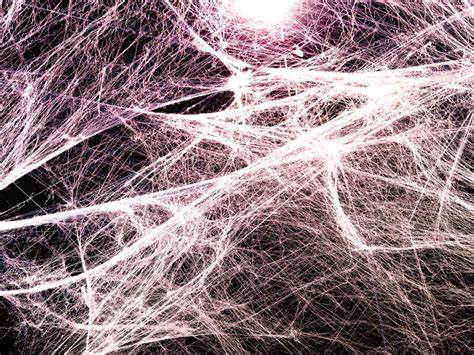
A brief reminder on what Fascia is: A fibrous, connective tissue made up of collagen, elastin and ground substance. It is a 3D matrix that weaves continuously throughout our bodies, from head to toe. Surrounding and protecting everything from blood vessels, organs, muscles, bone and skin. It is our communication highway and largest sensory organ in the body. Did you know, its contains 250 million nerve endings! That means it relays information from every part of our body back to our brain and works intrinsically with our nervous system and the Vagus Nerve. The Vagus Nerve communicates changes in the fascia to the brain and back again, helping to regulate your autonomic nervous system: Sympathetic (fight or flight) and Parasympathetic (rest and digest) states.

When fascia is healthy, it allows for a gliding motion between tissues. Healthy fascia is hydrated through movement, conscious and deep breathing, Myofascial Release and massage. Unhealthy fascia, known as fascial restrictions, becomes dehydrated, sticky, dense, thick and bound down, creating pain, inflammation and compensatory movement. These restrictions can then lead to further pain in the body, and cause a cycles of dis-ease, inflammation and chronic pain. Fascial restrictions can occur from physical injury, emotional overwhelm, trauma, inflammation (disease or surgery), poor postural habits or lack of movement.
Chronic pain and Fascia Informed Bodywork
Everyone has differing reasons and outcomes for experiencing chronic pain. There is more and more research coming out about chronic pain in the form of migraine headaches, IBS, Fibromyalgia, Chronic Fatigue and more and the role of a dysregulated Nervous system. For when we experience a trauma, be it physical or emotional, we go into shock and either freeze (immobile) or faint (collapse), causing the fascia to contract. The charge from the shock, if not resolved becomes stored and continues to build in the body, creating a sense of stuckness. This can lead to a disconnect in the body and ultimately disassociation. With chronic pain, reconnecting to the body is more difficult because there can be a fear that you may relive painful experiences emotionally and / or physically. Disconnect and disassociation are forms of survival mode to protect you.
One of the ways Fascia Informed Bodywork can help is by regulating the nervous system and bring it back into equilibrium. Where massage is by doing to the body, FIB is allowing the body to receive, inviting a healing to happen on a very deep level. The techniques are gentle and non intrusive yet incredibly effective, addressing not just the physical aspects / symptoms of the pain but also the emotional holding patterns within it.
One caveat being however, if you have been suffering with a chronic pain, illness or injury for a long time, this is not a one time process. Chances are, you have disconnected from parts of yourself and reconnecting is a journey of self discovery and coming back home to you. Noticing, feeling into, having awareness of these sensations and acknowledging that they are there; allowing them to move through the body are key for a conscious and subconscious change in the tissues and cellular memory.
What happens during a session?

During a session, the client could experience:
– heat or cold running through the body
– pins and needles
– a need or desire to stretch or move limbs / part of the body – — yawning
– deep relaxation
– sensations in other parts of the body, away from the Therapists touch
– tremors
– emotions such as irritation, wanting to cry, sobbing tears, anger, laughter.
– Or very simply, nothing much at all.
There are no right or wrong ways for a session to go, every one will be different depending on where we are at that day. Our bodies generally know how much we can handle and have their own innate wisdom to return us back to health. We just need to listen to that internal messenger.
In order to facilitate long lasting change, a dialogue between the client and Therapist is pivotal. This conversation can bring that awareness to certain parts of the body, inviting a sense of change in tissue length or density, it can invite a change in sensation in the area, allowing for energy to be moved through the body; it can create a shift in feelings or emotions, bring back a memory. Allowing these things to move through the body and complete the stress cycle that has been stored in the body for potentially years.
As my teacher says, ‘there is no healing without feeling’. We must be aware and tune into our bodies in order for the change to happen. Acknowledging the change from both the Therapist and client. Taking the time to connect with the body and spending time in one hold to invite the change in the tissues, creating that sense of safety in the body. Regulating the nervous system, establishing trust between the client and Therapist. Without that combination, the fascia will work like an elastic band, lengthening for a short time but going back to the original length, meaning temporary change rather than long term.
The post Deepening into the Fascial Matrix appeared first on Auraflow.
]]>The post Cytoplan Blogpost – shared article – Vitamin D and COVID-19 appeared first on Auraflow.
]]>Anyway, here is the link. You can skip to the Key Takeaways section for a summary of the article:
Vitamin D and COVID-19 (part two) | Cytoplan blog
Vitamin D is known as the sunshine vitamin as that is our main source of the stuff. We absorb it directly into our skin through UVB (ultraviolet) rays which then converts to Vitamin D. Unfortunately in the U.K. though, we are not known for our sunny climate but we certainly make the most of it when it’s her! [Cue unseasonable shorts and flip flips attire at first rays!] so food sources are our next best option, along with supplements.
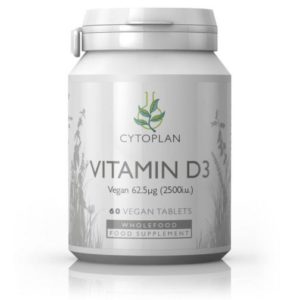
Here are just a few of the benefits we get from Vitamin D:
– Boosts immunity
– Helps prevent cancers
– Improves cardiovascular health
– Improves bone density and calcium uptake
– Helps prevent Type 2 Diabetes
– Helps with weight loss
– Boosts mood and reduces depression
– Improves muscle function
– Essential for child development and growth
– Increases fertility
Here’s a list of best food sources, courtesy of Doctor Axe:

The post Cytoplan Blogpost – shared article – Vitamin D and COVID-19 appeared first on Auraflow.
]]>The post Trigger Point Pilates and Fascia appeared first on Auraflow.
]]>The primary materials in the fascia connective tissue are collagen and a gelatinous fluid substance. And by this matrix connecting everything from organ cells to skin, it allows our bodies to communicate with itself. It is the only tissue that is connected with all the other tissues in the body. So not only is it our organisational system, it is also our communication system. How clever is that?! It is only more recently that scientists have started to look into the importance of fascia in the body. Originally, for dissections it was discarded as waste – just thrown in the bin! Now, experts are starting to explore it’s role and function in our physiology, health and movement.
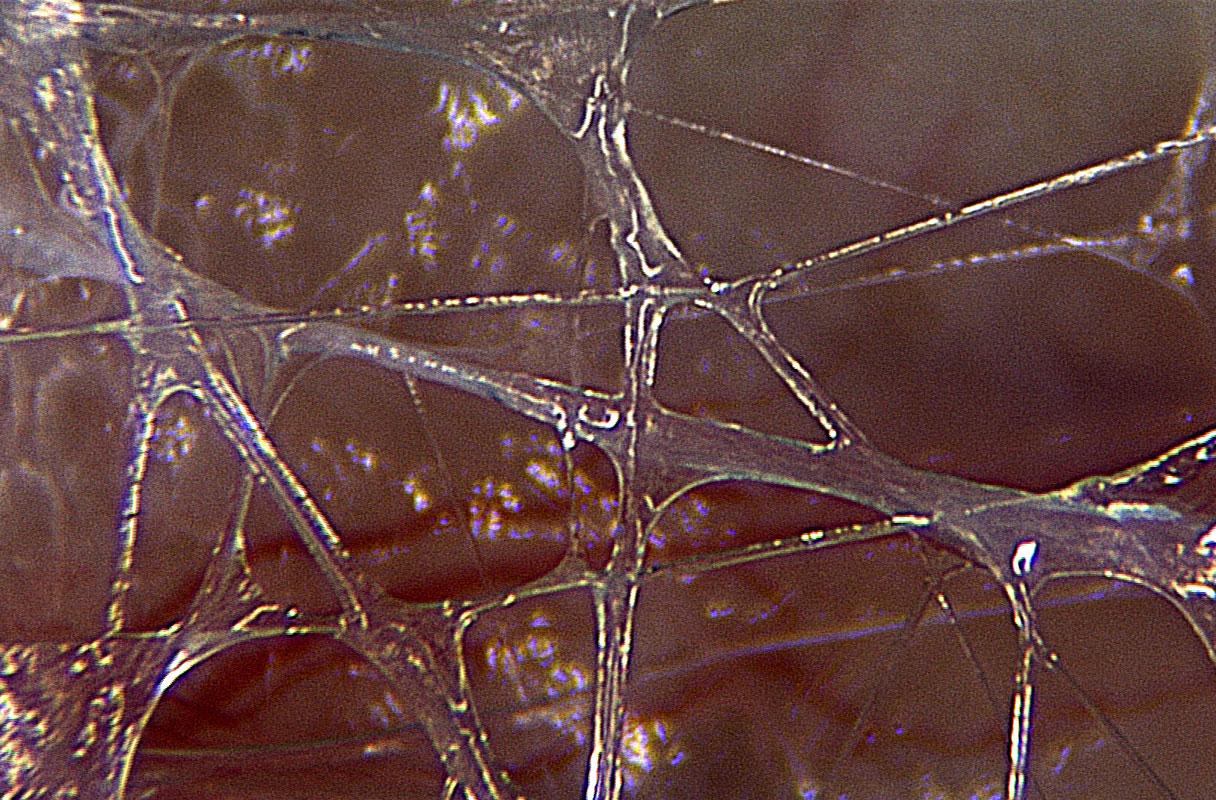
There are several types of fascia, but these are the main 3:
– Superficial – this lies just beneath the skin helping to give shape to the body and face, binding the skin to the Deeper layer of fascia. It also helps to regulate body temperature and provide fat and water stores for the skin.
– Deep – This surrounds your bones, muscles, tendons, nerves, arteries and veins, binding these to the Visceral fascia. It’s consistency is thicker and sticker than the superficial and is less extendable. Helps muscles in their action cope with force and pressure.
– Visceral – Surrounds your internal organs.
Fascia and Movement
As I mentioned above, fascia helps to give our bodies shape. So, it can all too easily pull us, not out of shape so much, but out of alignment. This can happen through injury, physical stress, emotional stress, surgery etc. Adhesions in the form of scar tissue can create chronic pain or inflammation and physical stress such as poor posture, diet and lifestyle can all create a dysfunction in how we move and hold ourselves. Once that misalignment happens, muscles can overcompensate to perform a particular function and over time, this limits the range of movement and the proper firing of the muscles involved. Therefore, increasing risk to injury. To compensate, the fascia dehydrates, tightens and becomes stickier and shortens thus, unable to absorb the impact it was designed to do and creating pain. Interestingly, cellulite is a distortion of fascia that pulls down on the skin thus creating a dimpled effect…
The beauty of fascia however, is that is malleable and can return back to it’s normal state. The trick is not to overwork the area and create further inflammation. There are many many things you can do to improve your fascia like a healthy diet with plenty of water, adequate sleep and rest and regular gentle movement. So yeah, a lifestyle overhaul sounds great, right? That’s a continuous work in progress. But an awesome way to complement this is to try:
Trigger Point Pilates
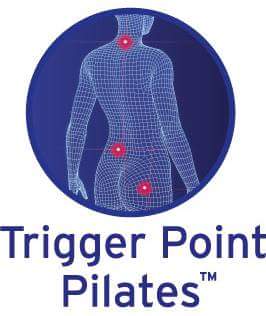
But what is it? Trigger Point Pilates® has been created from years of clinical work and Pilates teaching experience by Lydia Campbell, a Fitness Industry expert for over 40 years and a clinical Myofascial Sports Therapist.
TPP combines core Pilates moves and the principles of Myofascial release to alleviate chronic pain conditions and restructure the body. It reduces muscle restriction and enables the body to move more freely, leaving you feeling lengthened, taller and with more space in your body to breathe deeper. It’s a very restorative method that is suitable for every body, whether you are suffering from chronic pain or train 6 days a week. Every body has some kind of misalignment and TPP will be able to help you address this and improve your quality of life.
How does this work? Using compression with your own body weight on a ball or foam roller and allowing the body to decompress and lengthen in it’s own time. Following a beautiful series of sequences and stretches to extend the fascia and focusing on your breathing. Allowing your breath to be your guide as you guide the body in gentle movement to encourage a release. It’s a wonderful as it sounds. I cannot emphasize enough how beneficial this is. I have also studied some Myofascial release as a Massage Therapist and out of everything I have learned, working with the fascia is the most transformative method in feeling longer, taller, straighter. It’s not one to miss!
If you are interested in joining me for a class, check out my website for further information.
The post Trigger Point Pilates and Fascia appeared first on Auraflow.
]]>The post Magnesium for PMT appeared first on Auraflow.
]]>But back to the point! PMT itself is now considered the norm amongst the female population. My colleagues regularly give each other updates on how we are feeling and what physical and mental discomforts we are currently experiencing. And we all just accept this like it is a normal monthly occurrence. But is it? From doing some research, it seems the answer is no. Hormone disruption is likely to be a symptom of an underlying cause that has a wider effect than just our emotions. This is a big one all on it’s own and will need it’s own post so for today, I just want to share with you the benefits of adding Magnesium into your diet for your PMT symptoms.
Part of modern life sees us deficient in many things as the mineral content in our soil diminishes and stress becomes a governing factor in our lives. Magnesium deficiency in the UK is pretty prevalent. Processed foods are removed of their supply and coffee, alcohol, salt, fizzy drinks and fatty foods also decrease our bodies ability to absorb it from our wholefood sources, leaving our system pretty depleted. Good sources of magnesium can be found in wholegrains, nuts, seeds and fish. It is a vital mineral in our bodies, responsible for energy production, muscle contraction, bone health, healthy heartbeat and nerve conduction. It takes care of these things by moving salt in and out of the cells, where half of our supply is kept and maintained. The other half is stored in our skeleton so for females especially after menopause, increasing your intake of magnesium could be vital for keeping your bones strong. Here are some of the other ways Magnesium can help:
– Reduces tiredness and fatigue
– Improves energy and stamina
– Contributes to muscle function
– Contributes to bone density
– Contributes to teeth health
– Helps with psychological function ie depression, anxiety
– Migraines
– Diabetes type 2
– Electrolyte balance.
When it comes to Magnesium and your PMT symptoms, here’s what you could be experiencing: Bloating, cramping, tender breasts, anxiety, tearfulness, depression, migraines, fatigue. It’s a fairly long list, right! Now, I’m no Nutritionist and can only go by my own experience and research and Magnesium has definitely helped me with my mood swings. Interestingly, I began taking it again because of poor sleep (potentially from a Magnesium deficiency) but as of yet, I haven’t noticed any particular improvement here. The thing I did noticed the following month though, was my improved PMT symptoms, especially my angry mood! If you do your research you will see there is lots of information into the benefits of adding magnesium into your diet however, if you are able to do this from a food source first then do. Here are some options:

If cramping or even bone density are things you are looking to tackle as part of the monthly war on your hormones, you could try taking an Epsom salt bath too. Add 1 – 2 cups of Epsom salts to your bath and take time to luxuriate in your super healthy, nutrient dense warm water. Add some essential oils too, go for it! Allow the skin time to absorb the water and enjoy that time for relaxation, say 20 – 30 minutes. It has been suggested that using Magnesium this way should be done over a period of time, like taking a vitamin, 2-3 times per week, giving your body time to more readily absorb the mineral. However, it is not as effective as supplementing.
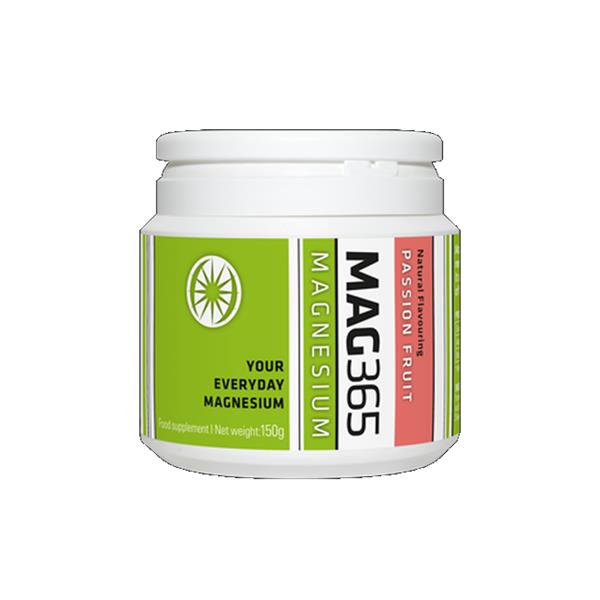
If like me, you prefer to supplement then Magnesium Citrate is the most easily absorbed. I use Mag365 after a Nutritionist I know gave me a sample to try. It’s flavoured and is water soluble so you just add hot water and it fizzes away. Personally, I’m not one for tablets so drinking it is far easier for me. But yes, I have found supplementing Magnesium has helped give me 50% of my life back, saving me and those around me, from my moody behaviour and then some. So, maybe it’s worth a try. Even if you’re not PMT crazy like me, adding a little mineral love into your daily diet is going to be super beneficial in all other parts of your health and wellbeing.
NB: I’m not sponsored or affiliated with this brand FYI, I’m just sharing my limited knowledge and experience and hope that it can help you too.
The post Magnesium for PMT appeared first on Auraflow.
]]>The post Questioning the Matrix appeared first on Auraflow.
]]>The other thing that piqued my interest was also how Neo only became self actualised after Morpheus believed in him. He sowed the seed and showed him an unwavering belief to the point where he staked his life on it (and it fortunately paid off!). Which got me thinking, how many people go through this life not having anyone believe in them? How many kids grow up and go through life with this crippling self doubt and lack of self belief because their parents, teachers, care givers etc never stood up for them in a way which made them feel strong? Not that this would have necessarily have been done in a conscious or malicious way. Possibly in the minds of those who were responsible at the time thought they were showing such praise but unfortunately, it never transposed to the intended recipient and so, their souls become lost in the matrix. The emotional wounds show on the skin like scored flesh and they wail out through the stories they tell of victimhood and misplaced loyalty and trust.
So how do we rewrite our own coding, upgrade our DNA? What if, even as adults, we still don’t have that Morpheus character in our lives to tell us he believes in us? How do we flick that switch and walk the path? What if we are to never know the answers but trust that the journey we walk upon guides us on the way there. What even, if we do live in a virtual reality and we can imagine a life like a Sims character, would you do NOW to make a change and start believing? And if you do / did have someone in your life that has shown belief in you, how has that helped shaped you? I’m not saying that this is the be all and end all of anyone’s success but I do believe having that support really can enhance a person’s self belief and self worth. It’s a good thing but it’s not the only thing.
The post Questioning the Matrix appeared first on Auraflow.
]]>The post The Age of Aquarius appeared first on Auraflow.
]]>https://www.wellandgood.com/what-is-age-aquarius/

The post The Age of Aquarius appeared first on Auraflow.
]]>The post Walking Meditation; stepping into realisation appeared first on Auraflow.
]]>The post Walking Meditation; stepping into realisation appeared first on Auraflow.
]]>The post A Healthy Way to Start Your Day appeared first on Auraflow.
]]>
Read about the health benefits of adding this drink into your morning ritual.
https://www.foodmatters.com/article/cheers-to-drinking-warm-lemon-water
The post A Healthy Way to Start Your Day appeared first on Auraflow.
]]>The post Meet me at the Barre! appeared first on Auraflow.
]]>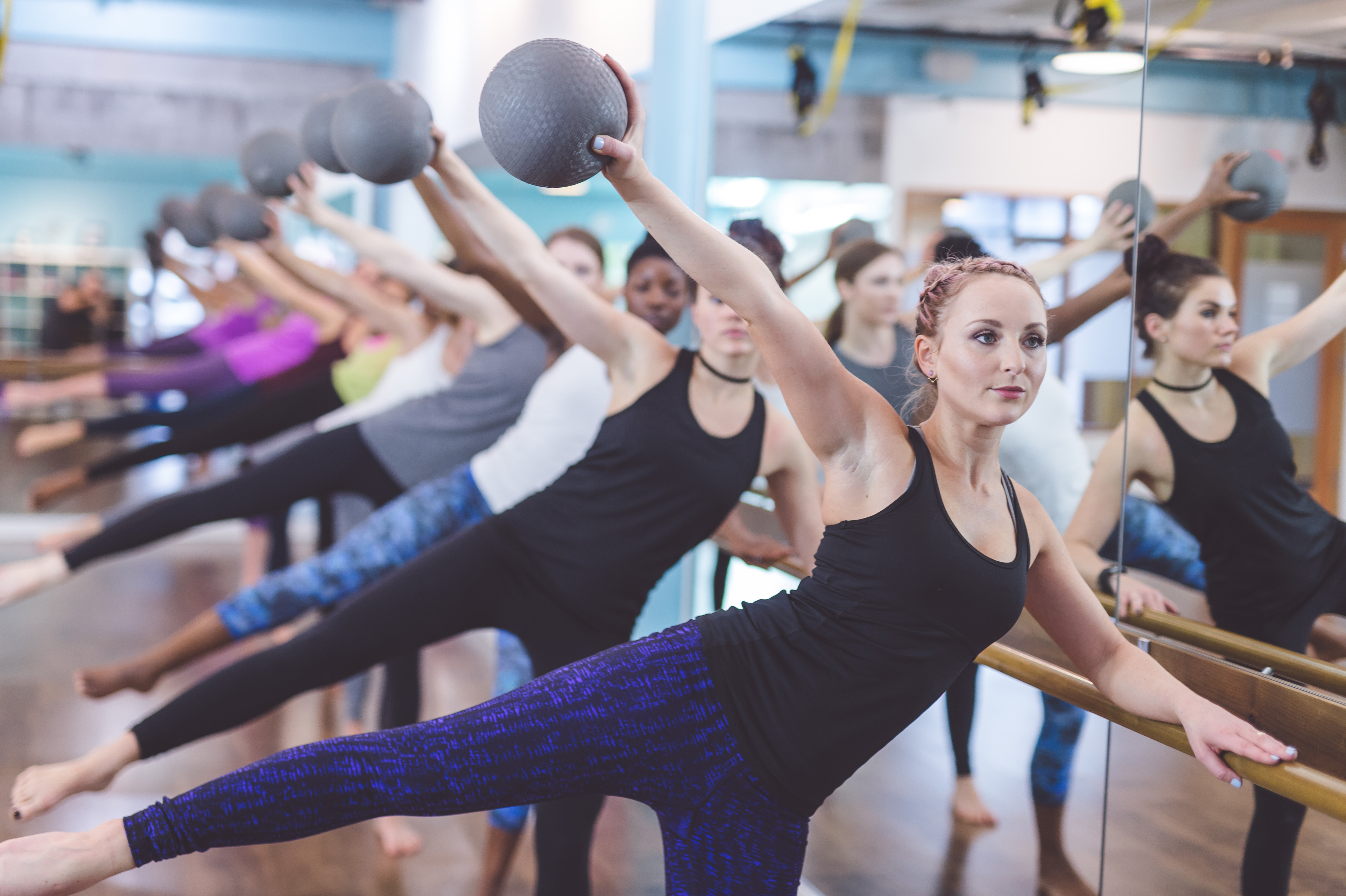
Well, if you’ve joined in a class, you’ll know that burn; the thigh shake, the glutes warming more than you can imagine, the calves on FIRE! And that’s without mentioning the abs and the arms…
The original Barre workout is the Lotte Berk Method, a Jewish Ballet dancer in the 1930s who came to London from Berlin and danced with the Rambert Ballet company. She worked with an Osteopath to create the first ever Barre workout, using small isometric movements that would keep her muscles taut and body in shape. Back in the 1960s, she had a studio on Manchester Street in London and celebrities of the day would flock to there for her unique style of exercise including Joan Collins and Barbara Streisand (well, she went once apparently, and left her hat on…). The Lotte Berk Method still exists today and is run by Lotte’s daughter, Esther Fairfax but the Barre workout itself has now developed beyond this, like Pilates, and has many of it’s own styles and variations, all based around Lotte’s original curriculum.
Today’s modern Barre workout is a mix of ballet technique, yoga and Pilates. We use mini balls and light 1kg weights to tone and sculpt the body. The focus of this discipline is to increase isometric strength in the body whilst using the ballet barre as a support, i.e. small movements worked in one area of the body at a time whilst the rest of the body holds still. It works on balance, coordination, stabilising the muscles of the hip and shoulder, improves core strength and flexibility AND can easily burn up to 600 calories in a class – tried and tested!
The choreography of the class can be done to music which keeps it lively and fun and each section of the workout is peppered with stretches to keep the muscles lean and long without them bulking up. With a bit of regular practice we can all hope to have graceful, supple bodies, just like ballerinas!
If you want to try for yourself, check out my FB Page right now as I have a few free workouts which you can try for yourself. DISCLAIMER: Exercise poses the risk of physical injury so all exercise you carry out in your own home is undertaken at your own risk.
The post Meet me at the Barre! appeared first on Auraflow.
]]>The post 21 Day FB Live FREE Challenge! appeared first on Auraflow.
]]>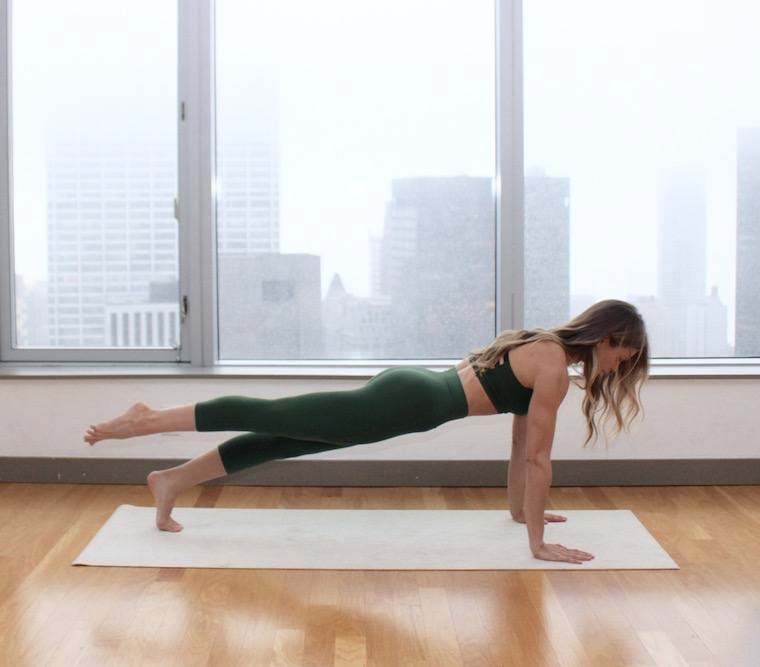
Disclaimer: All exercise poses the potential risk of physical injury. If you join me over the next 21 days and any subsequent workouts I may post, then please understand you do so at your own risk. Should you have any long standing injuries or conditions but regularly exercise, please take your own modifications as you would do in your own classes. If you have never exercised before and have an injury or chronic condition, please refer back to your medical professional for advice before proceeding.
The post 21 Day FB Live FREE Challenge! appeared first on Auraflow.
]]>